How to properly grow a nocturnal variety "Night Beauty" from seeds?
The flower of hesperis or night violet, nocturnal (“hesperis” is translated from Greek as evening) owes its name to the amazing property of blooming and fragrant in the evening. Many gardeners practice growing nocturnal "Night Beauty" from seeds, this plant is rather unpretentious, resistant to cold weather, and cut flowers keep freshness for up to 1.5 weeks. How and when are hesperis planted, what soil do these flowers love, what care do they need?
Sowing
Vectar seeds can be purchased or harvested by yourself. In the latter case, the peduncle is cut off and suspended over a piece of paper. Soon, a pile of gray-brown seeds forms on it, which crumble down as they ripen. You can start sowing in open ground in late May or early June.
Some gardeners start growing in September, because the Night Beauty nocturnal tolerates winter well. The flower prefers soil loose, fertile, moderately moist, with a neutral or slightly alkaline reaction, but grows well on other types of soil. Seeds are planted at a distance of 10-15 cm, the seeding depth is 0.5 cm (you can scatter them and then sprinkle them with a layer of earth).
The first shoots usually appear in 2-3 weeks, but the plant blooms only the next year. The flowering period begins in May and lasts until August. A year later, only a part of the plants remains (nocturnal "Night Beauty" is a two-year-old flower) and the planting loses its decorative effect. However, simple garden forms often give self-seeding, it remains only to dig up new seedlings and transplant to the right place. This can be done throughout the summer, as well as in early September.
Advice! It is better to mulch young plantings for the winter. If the winter is with little snow, then the flowers may freeze.
How to care for your evening party?
Night violet plant is not demanding, its cultivation is simple, only minimal maintenance is required - watering, loosening, weeding and feeding.
The basic rules are as follows:
- Watering. The frequency of soil moistening depends on weather conditions. If it's hot outside, then water the flower every other day. During the active growing season of the plant, the volume of water must be increased. Hesperis does not tolerate drought well, however, it is important to ensure that there is no stagnation of moisture and waterlogging. To prevent high stems from falling, they must be tied up.
- Lighting. Vechornitsa can grow both in a lighted area and in the shade. But it should be borne in mind that flowers growing under trees are usually shorter.
- Temperature. The night violet is considered a cold-resistant plant, but with timely watering it also tolerates heat well. The flower is able to withstand air temperatures up to -5 degrees.
- Top dressing. Before planting hesperis, lime is added to the soil. In the summer, during the period of active growth and flowering, the nocturnal is fed with complex fertilizers for flower crops according to instructions. She is quite enough 1 or 2 top dressing for the entire summer period.
- Wintering. Night violet does not require shelter for the winter. However, if there is no snow cover, it is better to insulate the plants.
- Pruning. To prolong the flowering period of the nocturnal, you should periodically cut off its faded inflorescences.
- In addition, caring for hesperis includes careful weeding, thinning and loosening of the soil.
Pests, nocturnal diseases
The night violet, like all cruciferous plants, quite often suffers from keels (a fungal disease characterized by the appearance of growths on the roots). It is possible to fight this disease only by timely removal of the affected specimens.In this case, it is very important to dig out the plants carefully so as not to damage the root system and not leave some of the growths in the ground. Keel prevention is the introduction of lime into the soil before sowing seeds.
Also, if the care of the flower was carried out incorrectly, the soil was watered too often and abundantly, the roots of the nocturnal "Night Beauty" can rot. This often leads to the death of the plant. To avoid such a situation, the cultivation of night violets should be started by introducing drainage into the ground (small pebbles, gravel).
In addition, cruciferous flea beetles can attack flowers in dry weather. You can identify the pest by the small holes in the leaves of the plant. If there are too many flea beetles, the nocturnal may die within a few days after their invasion. Dealing with cruciferous fleas is quite simple. You need to pour some ash or simple road dust into a gauze bag and lightly crush the flowers. You can also sprinkle some ash around the plants.
Advice! Growing noctule near cumin, coriander, marigolds, nasturtium or calendula will avoid damage to flowers by pests. These plants secrete phytoncides, which, moreover, kill and suppress the number of bacteria, microscopic fungi.
The noctuary blooms for a long time - from 1 to 2 months (the duration of flowering depends on weather conditions). Its main advantage is an unforgettable aroma that intensifies in the evening, cloudy day or rain. Many gardeners practice its cultivation due to its ability to reproduce by self-seeding. That is, it is worth just once to spend time sowing seeds, as the night violet will appear in this place again and again. In addition, flower care is minimal.
Vechernitsa "Night Beauty" grows well not only in flower beds and beds, it is often used for landscaping balconies and loggias. It coexists well with other flowers, which allows you to create aromatic original compositions. Vechernitsa is also used in medicine, from its seeds such substances as steroids, biovichoside, digitoxizide, cardenolides, glycobiovichoside, alkaloids are obtained.
A decoction of the leaves and seeds of the night violet is an excellent diaphoretic, and its sprouts are rich in vitamins A, C, phosphorus, potassium, calcium, iron and magnesium. They taste quite spicy, so they can be used as a spice in various dishes. Thus, growing nocturnal "Night Beauty" from seeds brings not only aesthetic pleasure, but also benefits for the body.
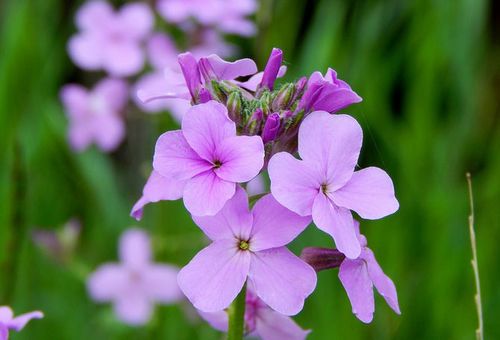
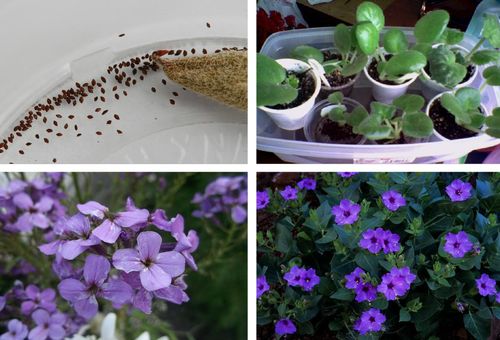
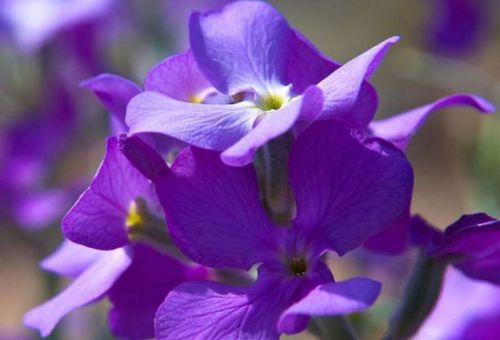
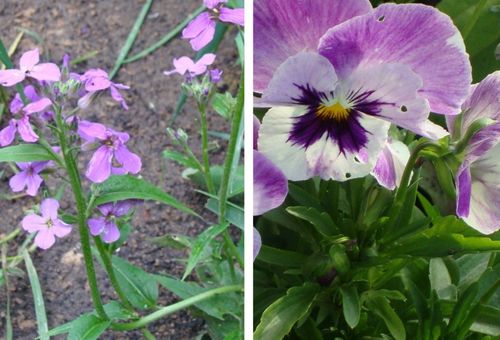
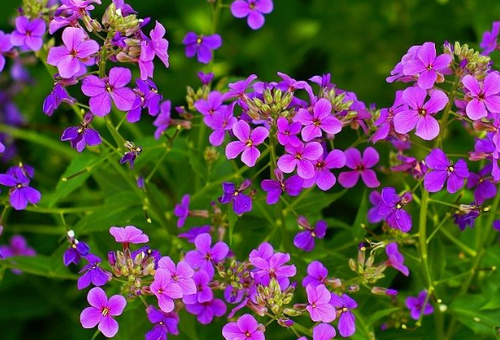
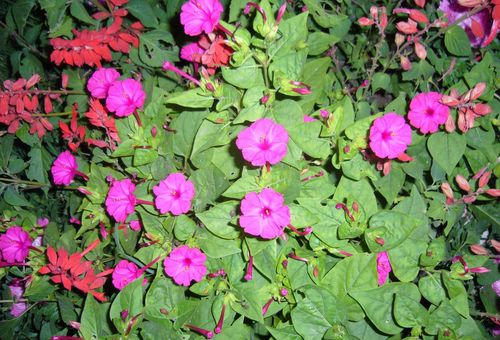
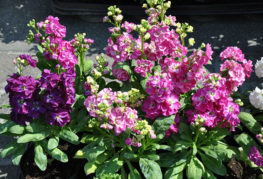
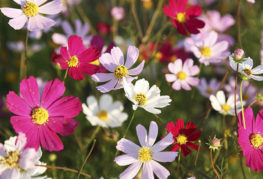
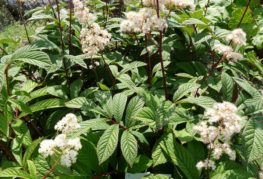

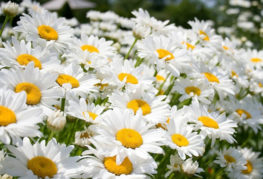
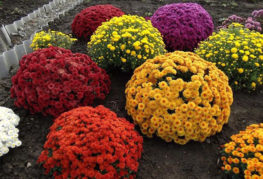
and will be published shortly.